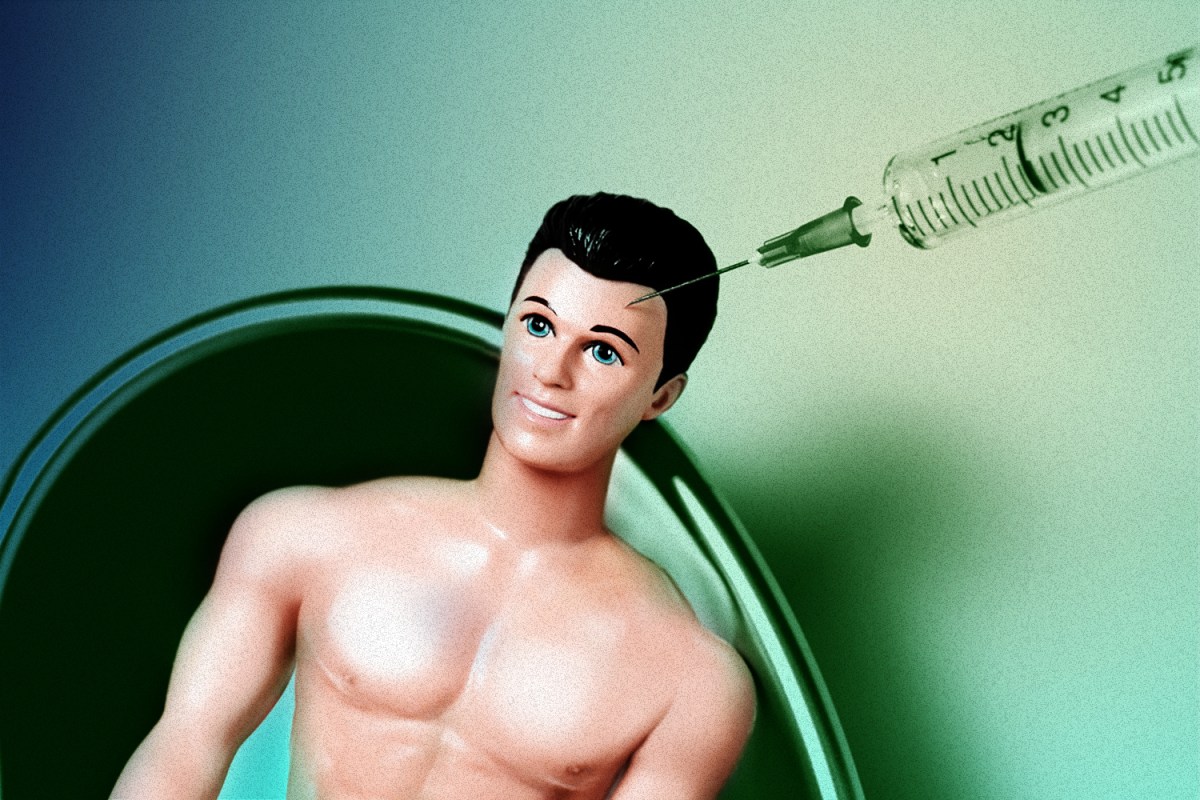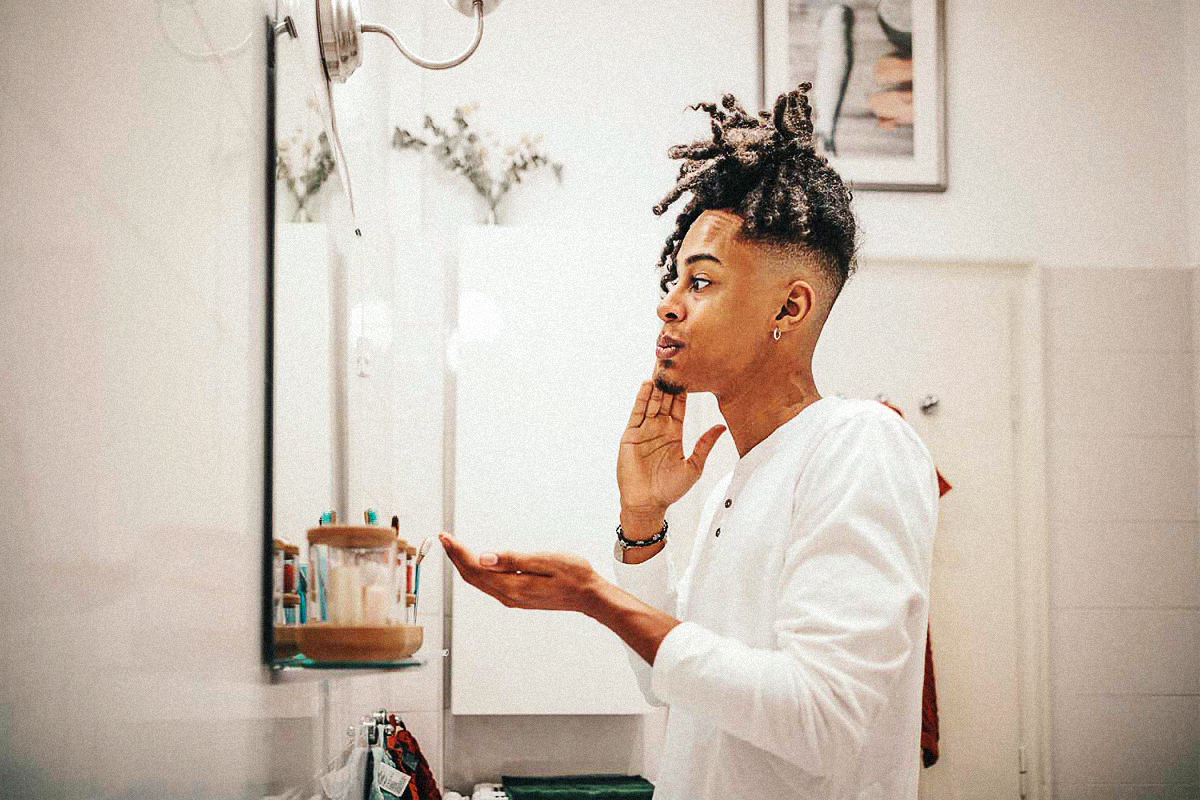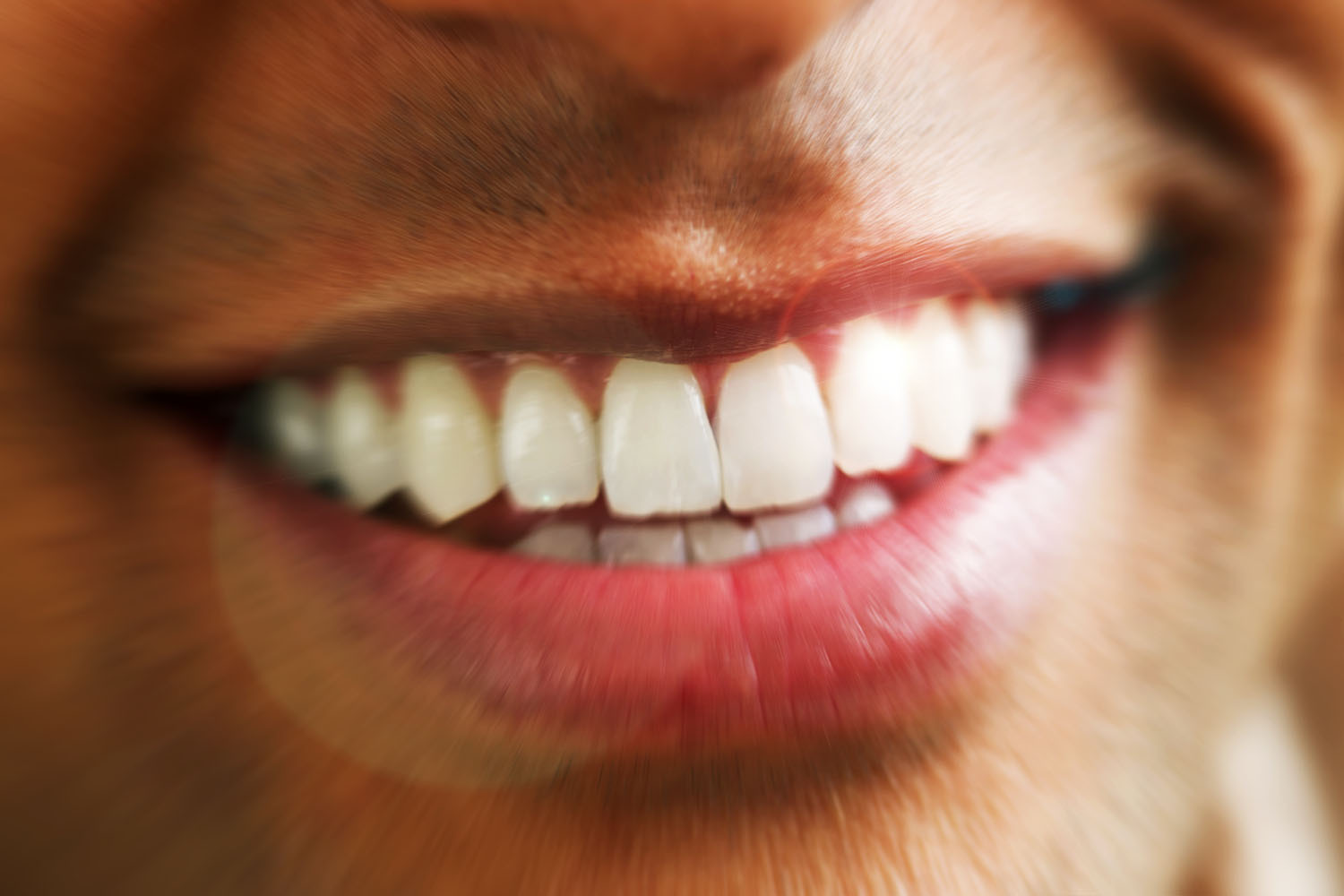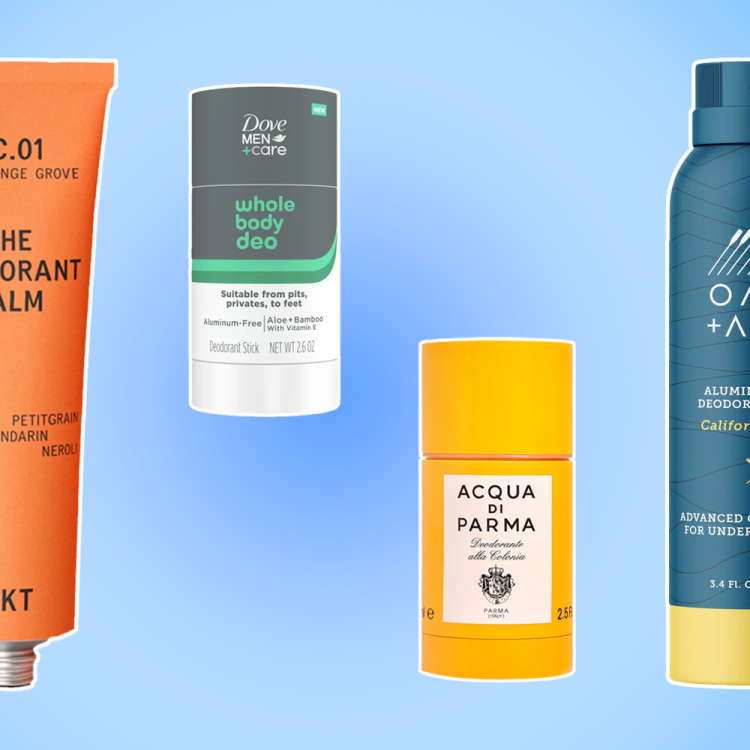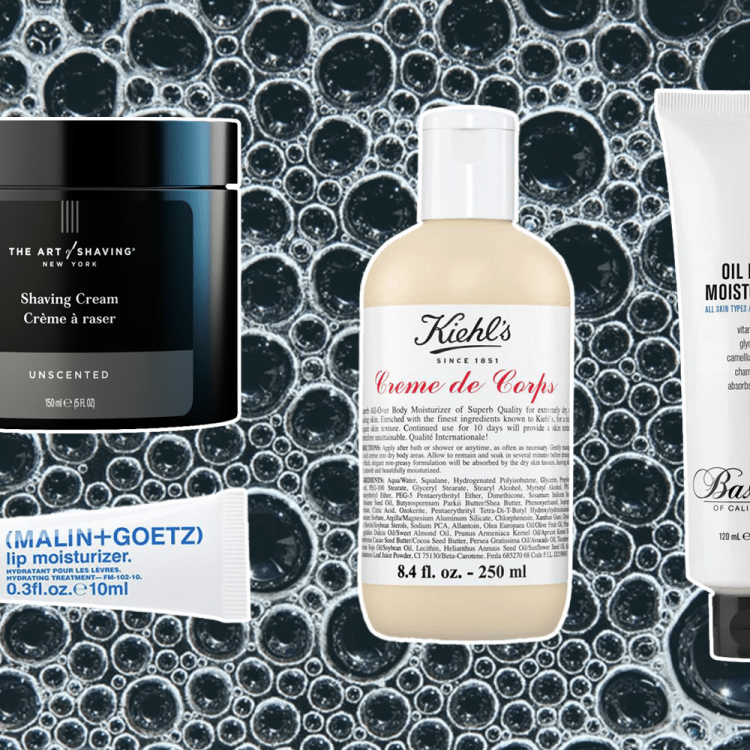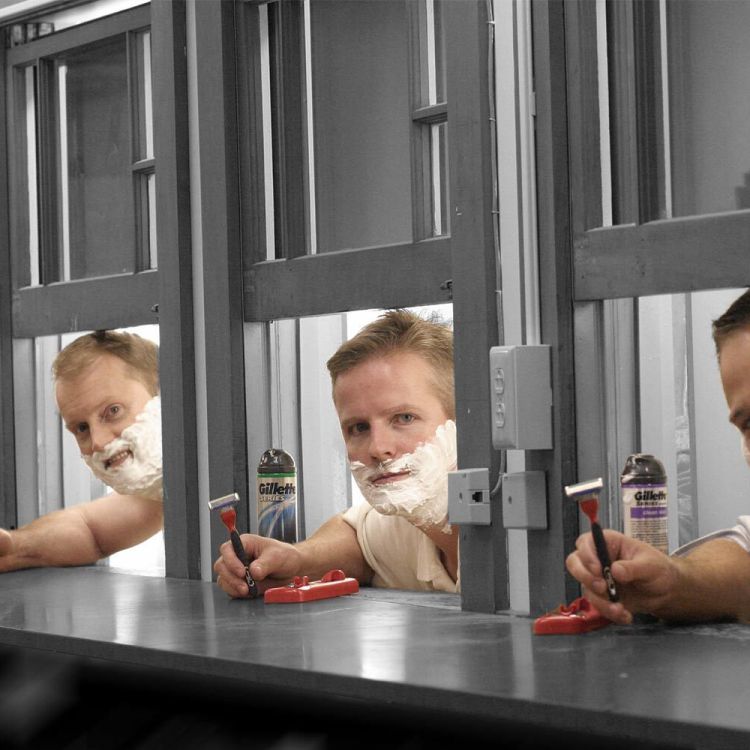Traditionally associated with housewives and celebrities, Botox and other botulinum toxin injections have seen a dramatic rise among men. Since 2010, there’s been a 20% increase in male cosmetic procedures, with the number of men getting Botox jumping 27 percent during that time. Botulinum toxin injections remain the number one cosmetic procedure for men, with 473,354 administered in 2019 alone — a 5% increase from 2018 and a 403% increase from 2000, according to the American Society of Plastic Surgeons (ASPS).
Add this to the laundry list of cosmetic fixes almost everyone seems to be undergoing nowadays. Cosmetic dentistry procedures are giving more people than ever whiter, straighter teeth while men everywhere are openly seeking hair loss solutions and have begun adopting proper skincare routines. Botox has just become another part of many men’s self-care routines, Lynn Bartels, a nurse practitioner at SkinSpirit’s Palo Alto, California location, tells InsideHook.
Historically, white-collar businessmen, lawyers and other high-income male professionals would seek out Botox to “maintain their edge,” but Bartels explains a wide diversity of men — young men, athletes, those in the fashion industry, among others — are now looking for treatment.
“Men have a heightened awareness that taking care of their skin and doing a little Botox has so much personal, social and professional benefit to maintaining your glow, confidence and game,” says Bartels. “There’s an openness to it that there didn’t use to be.”
We can certainly attribute the growth of all cosmetic procedures to the rise of social media, but also the Zoom meetings that have us all a little more attuned to our personal appearance. Workplace competitiveness also plays a big factor in men wanting Botox, as ageism is, unfortunately, prevalent in many careers and men find maintaining a youthful look helps combat it. But as Bartels notes, there’s no longer much of a stigma surrounding men and cosmetic procedures. Just as with hair transplants and hair systems, the more open and mainstream male cosmetic procedures like Botox become, more men feel encouraged to seek them out for themselves.
“There’s no reason not to look youthful, softer and look and feel more relaxed,” says Bartels. “It puts more reflective light on your face, which on screen is much more attractive. You look more rested, you look brighter.”
So if you’re feeling behind on the growing trend and looking to take a quick dip in the Fountain of Youth, here’s what you should know.
How does Botox work?
Botox, like Dysport and Xeomin, is a neurotoxin — a toxin that interferes with or is destructive to the nervous system (which sounds horrifying but promise, it’s safe.) When you administer Botox or other botulinum toxin injections into a muscle, it lifts the muscle and basically tells your nervous system not to contract your muscles as much or, depending on the dose, at all, explains Bartels. Essentially, it lets the muscle rest, and once the muscle is relaxed, lines remodel or are unable to be formed at all, reducing the appearance of fine lines and wrinkles.
It can last anywhere from three to six months and costs on average three to five hundred dollars a session, depending on the amount used.
Where do men typically inject Botox?
Most men like their smile lines, and prefer a more natural, unblunted expression. So like women, men usually target their forehead lines to reduce creasing and occasionally in the corners of the eyes to prevent crow’s feet. Men typically require larger doses, though.
“We do different injection sites and higher doses, of course because it’s a dose-dependent drug, and just by sheer muscle mass, size dictates more men have a higher metabolism. Men also want to be lower maintenance,” explains Bartels, who says Botox isn’t as much of a fun, social activity for men like it is for women, who often come and get Botox in groups or sometimes want a lighter, softer dosage dubbed “Baby Botox.”
“Men want to be in and out. They want to come in a couple of times a year and have it last a good three, four, five, six months,” she adds. “So men come in, it takes maybe 20 minutes and they typically do the frown in their forehead.” A smooth forehead produces an upper reflective light that goes up to the hairline which men, especially those who have a receding hairline or are bald, favor as it adds a more youthful look.
Are there risks?
One of the reasons Botox has maintained its popularity is that after 20 years of use, it has a super high safety profile.
“It’s one protein, and proteins are recognized as natural. There’s nothing that we’ve learned about Botox after using it for 20 years that has made us adjust how we’re trading it for safety. We have expanded where it can be injected,” she says. Even babies can get it! (For therapeutic, non-cosmetic purposes.)
This is another reason why more men are becoming fond of the procedure, as there’s no major recovery period. Of course, you might experience some redness, swelling and occasional bruising. Other possible side effects include flu-like symptoms, headache and temporary facial drooping according to the ASPS, but the procedure is generally safe and has a high satisfaction rate.
“When you look at other cosmetic procedures, it has the highest patient satisfaction rate of everything we do. I’ve never had a man not like it, ever.”
After the procedure, you’ll be instructed to not rub your face for 24 hours for an obvious reason: You don’t want to be spreading that dosage around to other areas you didn’t intend to treat. Hold off on any vigorous exercise for 24 hours as well and avoid pain-killers and excessive alcohol intake.
Other benefits?
Botox has been identified as a possible solution to chronic migraines. In 2010, the FDA approved Botox as a treatment for that condition and is also used to treat neck spasms and excessive sweating. Doctors believe that because Botox prevents neurotransmitters from carrying pain signals to your brain, it can help prevent headaches.
Botox to treat chronic migraines can only be recommended and administered by a neurologist, so don’t book a cosmetic procedure to fix a medical one. Still, if you’re interested in Botox for aesthetic reasons, you may also get the benefit of a few less headaches, as Bartels notes a few of her patients who have a history of headaches felt more relaxed after receiving the cosmetic procedure. “Many patients feel like they’re more relaxed once they have Botox, and the relaxation prevents them from getting as many or sometimes headaches at all.”
As with any cosmetic procedure, it goes without saying that the decisions you make when it comes to altering or not altering your appearance are entirely up to you. One thing that shouldn’t be influencing your decision to feel and look good about yourself, however, are outdated gender norms surrounding cosmetics. Thankfully, it seems we’re getting farther and farther from them, one needle injection at a time.
This article was featured in the InsideHook newsletter. Sign up now.
